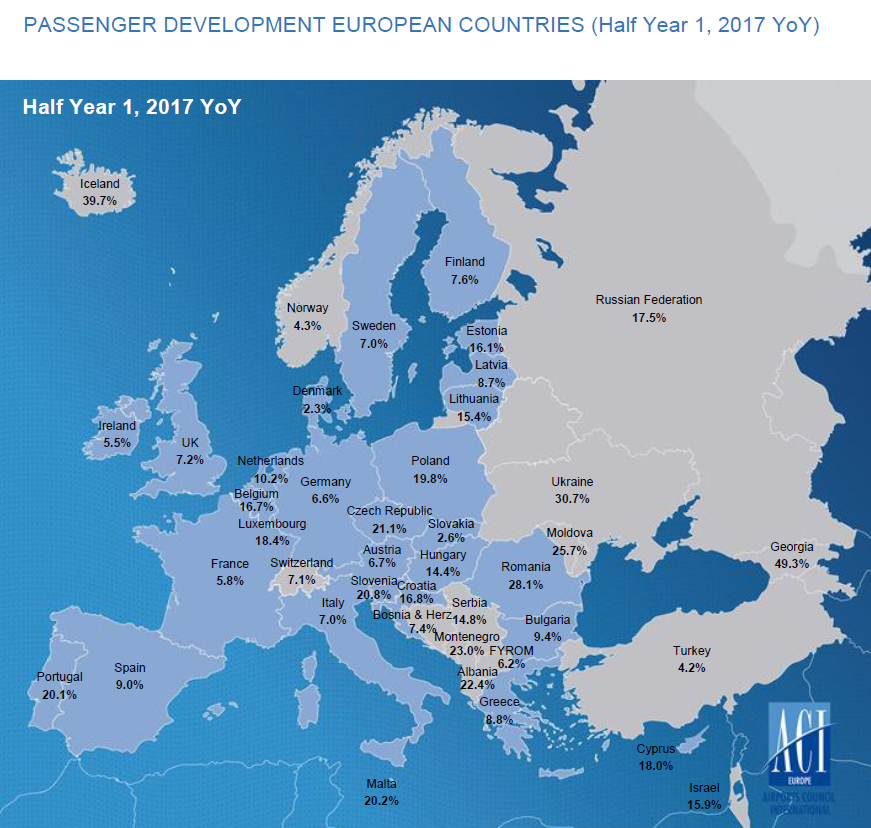 Jing Travel, a content partner of The Moodie Davitt Report, argues that liberalising visa policies for Chinese visitors to Europe would increase tourist revenue.
Jing Travel, a content partner of The Moodie Davitt Report, argues that liberalising visa policies for Chinese visitors to Europe would increase tourist revenue.
CHINA/EUROPE. Countries around the world covet China’s enormous outbound travel market, but when the mobility of those tourists is thwarted, so too are potential earnings. That’s the point the European Travel Commission (ETC) is trying to drive home in a new report released to the organisation’s 32 member nations on 4 December.
Its main target? Overly complicated visa regulations.

Although marketing has helped draw tourists from China into Europe – particularly the “China-EU Tourism Year” campaign promoted by the EU in 2o18 – a broad visa initiative could do more to increase access from the largest and highest-spending travel market in the world.
The ETC claims that visa reform is “likely to increase the average growth of Chinese arrivals from +7% to +18% per year between 2018-2023”. It notes three areas for reform, with earning predictions for each. One scenario involving visa-free entry is estimated to yield a whopping potential increase of +71% in Chinese tourism from 2018 to 2023.
The ETC report is supported by Chinese travellers critical of countries with complicated visa regulations. It’s one reason many Chinese tourists take short-haul trips to neighbouring countries, as those destinations tend to offer visa-free entry for Chinese nationals upon arrival.

Although some countries are simplifying the visa process for Chinese visitors, America is not among them. The US Customs and Border Protection began vetting visa applicants on social media earlier this year. The visa for the USA is also one of the more expensive visas at $160, but that hasn’t quelled its popularity with Chinese travellers: more than 3.3 million are expected in 2018, according to the National Travel & Tourism Office (NTTO).
Some countries have found that reform of their visa regulations has helped to win back Chinese tourists after a dip in visitors. Thailand, which already offered Chinese citizens an easily-obtained visa, began offering temporary visa-free entry following a boat accident over the summer that killed 47 people. When Thailand ends the visa-free entry prior to the Chinese Lunar New Year in February, it plans to offer e-visa services that should simplify the process for Chinese citizens.
As Chinese travellers continue to take more trips — outspending all their peers around the world — destinations that once set up restrictive visa processes are likely to find ways to make journeys easier for these tourists, and the ones that don’t will likely lose out on a lot of travel dollars.
Click here to read the original article and to subscribe to Jing Travel.
*This article was originally published by the much-respected JING TRAVEL, a Moodie Davitt Report content partner.













